Please use this identifier to cite or link to this item:
http://rdcb.cbg.ipn.mx/handle/20.500.12273/756| Title: | Isolation and Genomic Characterization of Stenotrophomonas spp in Mexico |
| Author: | ELUFISAN, TEMIDAYO OLUYOMI |
| Author ID: | 668951 |
| Contributor: | GUO, XIANWU |
| Contributor's ID: | 26051 |
| Abstract: | Stenotrophomonas belongs to the family gamma-proteobacteria, which are Gram-negative bacteria. Their recovery from patients and inherent ability to resist many antimicrobial agents make them of clinical importance though they are opportunistic pathogens. Stenotrophomonas possess large metabolic capacities, which enhances its survival in many habitats. They can grow in harsh conditions, including antimicrobial agents. Stenotrophomonas’ abilities to use various substances for growth have been to use in bioremediation, dye decolorization and plant growth promotion. Although Stenotrophomonas can cause infections in patients with underlying disease conditions, their useful applications should not be ignored. Isolation and characterization of new isolates can lead to the discovery of novel species with more benefits and also provide possible ways for controlling antibiotic-resistant behaviors. This study, therefore, focuses on the isolation and genomic characterization of Stenotrophomonas species from different environments in Mexico to understand their diversity, evolution and the potential for application. Stenotrophomonas species were isolated from different parts of Mexico using both double layer agar- plating technique and selective medium (StenoVIA agar). Isolates were identified with bacterial biochemical feature using the conventional methods, MALDI-TOF spectrometry, and the partial16S rRNA sequence. Evolution and diversity of isolates were inferred by phylogenetic analysis using the sequenced genes and REP-PCR & ERIC finger printing technique respectively. The antimicrobial susceptibility pattern of the isolates was evaluated using both disc-diffusion and MIC based susceptibility studies according to the CLSI standard. Further analysis based on Stenotrophomonas’ phenotype such as degradation assay was assessed in minimal medium with PAH as a carbon source. The sequencing of the genomes revealed the genes that are involved in the degradation of PAH, dye decolorization and antibiotic resistance. The results showed that 54 Stenotrophomonas isolates were recovered from soil, sewage and clinical specimens from about 300 samples. Varied biochemical characteristics were observed in the isolates as some Stenotrophomonas maltophilia strains preferred arabinose and mannitol as their unique carbon source, in contrast to the trait for this species. The strains recovered from crude oil-contaminated sites and textile effluent successfully degraded polycylic aromatic hydrocarbon (PAH) and decolorized textile dyes respectively in degradation and decolorization experiments. The UPLC-MS and GC-MS analysis of their metabolites showed that they completely degraded PAH and decolorized textile dye respectively. The degradation of PAH by the Stenotrophomonas produced catechol (molecular weight, 110.03) as the metabolite determined from UPLC spectrometry. Stenotrophomonas isolates were resistant to most antibiotics tested. They showed 100% resistance to ampicillin, doxycycline, and amoxycillin but were susceptible to fluoroquinolones. They (100) were also resistant to Trimethoprim-Sulfamethoxazole, which is the first drug of choice for the treatment of Stenotrophomonas maltophilia’ infections. The multiple antibiotic resistant indexes (MARI) showed that the clinical strains were more resistant to the tested antibiotic agents with an average MARI index of 0.8. Isolates from sewage and soil had average MARI index of 0.65 and 0.7 respectively. Five genomes were sequenced because they showed unique characteristics such as the degradation of PAH (PEMSOL, ASS1, and SVIA2), Textile dye decolorization (TEPEL), possible plant growth promotion (ATCM1_4). The sequence assemblage resulted in 1 contig and one scaffold in PEMSOL, ASS1, and SVIA2, in contrast to ATCM1_4 and TEPEL, which have eight contigs and six contigs, respectively. The coding proteins in the genomes identified are 3905, 4108, 4028, 3681 and 3905, respectively. The size of the genome is between 4.2 Mb and 4.5 Mb. Each genome has between 19 and 27 genomic islands. Further analysis showed that some genes associated with their phenotypes were also found on the genomes. Alcohol dehydrogenase encoding gene, catechol 2, 3 dioxygenases, lactoylgluthatione lyase are important for the degradation of PAHs. Tyrosinase and Azo R1 oxidoreductase required for the degradation of Azo dyes and textile dye were found in the genome of Stenotrophomonas sp. TEPEL. We also identified some genes in the genome of all the sequenced strain that often confer resistance on bacteria to antimicrobial agents such as the ampC genes. Stenotrophomonas is a genus of economically essential bacteria. Their benefit can be better exploited and applied for large scale use if we understand the mechanisms involved in their survival. Genome analysis of some strains in the study gave insight to some of the essential genes which assist them to survive and use toxic substances for growth. The identification of the genes involved in bioremediation and antibiotic resistance in Stenotrophomonas will give insight to how they can be manipulated to halt the resistant menace and hence, can be applied for bioremediation purposes In conclusion, Stenotrophomonas are highly diverse, and their phenotypic properties can be stimulated by their environment. For example, isolates from crude oil contaminated sites possess the ability to use PAH for growth. Also, the resistant properties of the strains revealed that environmental strains can acquire antimicrobial resistance from the environment. A significant result from this study indicates the need for better policies and practices of public hygiene because the environment could be a reservoir for drug resistant bacteria among Stenotrophomonas strains. There is also a need to review the drug use for the treatment of Stenotrophomonas infection because of the high occurrence of resistant strains to SXT, which is the primary drug of choice. |
| Issue Date: | Jun-2019 |
| License: | http://creativecommons.org/licenses/by/4.0 |
| URI: | http://rdcb.cbg.ipn.mx/handle/20.500.12273/756 |
| Language: | eng |
| Appears in Collections: | Tesis |
Files in This Item:
| File | Description | Size | Format | |
|---|---|---|---|---|
| Tesis Temidayo.pdf | Tesis | 3.5 MB | Adobe PDF | View/Open |
Items in RI-CBGIPN are protected by copyright, with all rights reserved, unless otherwise indicated.
